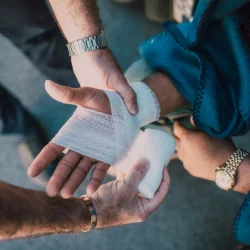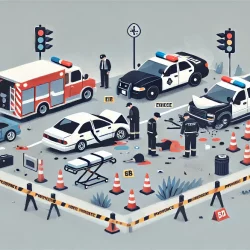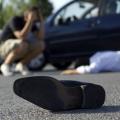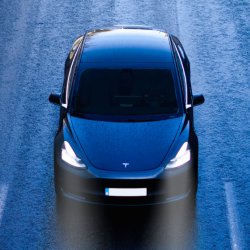Who Is At Fault in a Self-Driving Tesla Accident?
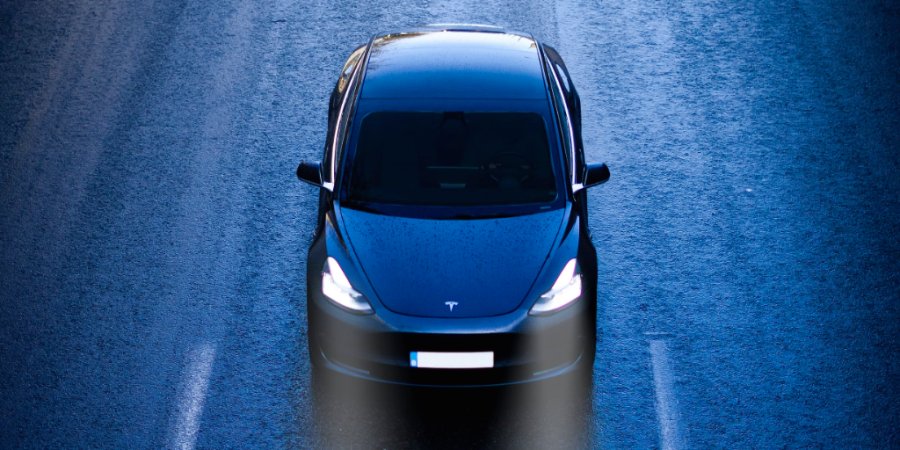
Self-driving cars are heralding a new era in transportation. With the rapid advancement of technology, autonomous vehicles are becoming more prevalent on our roads. However, there are still hurdles to overcome, including refining the technology and establishing regulations to ensure safety.
Tesla is at the forefront of this revolution, leading the pack of manufacturers in self-driving technology. Despite their impressive safety records, accidents involving self-driving cars have garnered significant attention, raising the critical question: "Who is responsible for a self-driving Tesla accident?" If you find yourself involved in such an accident, seeking legal counsel is imperative.
Understanding Tesla's AutoPilot Feature
AutoPilot vs. Fully Autonomous Vehicles
Tesla's AutoPilot is a cutting-edge feature that offers self-driving benefits such as easier braking, steering, and acceleration. However, it's essential to distinguish between AutoPilot and fully autonomous vehicles.
AutoPilot, included as a standard feature in current Tesla models, assists the driver but does not take over complete vehicle operations. It makes driving more comfortable but still requires the driver's attention. On the other hand, fully autonomous vehicles, which are not yet available to the public, will handle all vehicle operations without human intervention.
The Cost and Availability of AutoPilot
The AutoPilot feature is already built into the price of a Tesla vehicle, making it accessible to many owners. However, when fully autonomous models become available, complete self-driving capabilities will be an optional addition, likely resulting in significant cost increases.
Who is Responsible for a Self-Driving Tesla Accident?
Determining responsibility in a self-driving Tesla accident is a multifaceted issue that depends on several factors. Here's a breakdown of the key elements that may influence who is at fault:
1. Driver Responsibility
- AutoPilot Mode: If the Tesla was operating in AutoPilot mode, the driver might still be held responsible. AutoPilot assists with driving but requires the driver to remain attentive and in control.
- Human Error: If the driver's negligence or error contributed to the accident, they could be held liable, even if AutoPilot was engaged.
2. Tesla's Responsibility
- Technology Failure: If an investigation reveals that a flaw or failure in Tesla's AutoPilot or other self-driving technology caused the accident, Tesla might be held accountable.
- Misrepresentation of Capabilities: If Tesla's marketing or instructions led the driver to believe the car was capable of full autonomy when it wasn't, the company could bear some responsibility.
3. Other Parties
- Third-Party Drivers: If another driver's actions caused or contributed to the accident, they might be held responsible.
- Regulatory Bodies: In some cases, lack of clear regulations or enforcement might play a role in determining responsibility.
4. Legal Consultation with a Tesla Accident Attorney
- Case-by-Case Basis: Responsibility can vary widely based on the specific circumstances of the accident. Consulting with a Tesla accident attorney who specializes in these cases can provide clarity and guidance tailored to your situation.
The National Highway Transportation and Safety Administration (NHTSA) Perspective
The National Highway Transportation and Safety Administration (NHTSA) plays a vital role in shaping the future of self-driving vehicles. They agree that a driver must currently remain behind the wheel but predict that fully self-driving vehicles will be available to the general public by 2025. The NHTSA is optimistic that these vehicles will enhance our lives by reducing human error and significantly cutting carbon emissions.
Risks and Safety Concerns
Despite the promising future of self-driving cars, there are still risks involved. Allowing AutoPilot to take over may lead to deadly, traumatic accidents. However, Tesla's internal safety studies show that safety numbers continue to improve dramatically, reflecting the company's commitment to ironing out the flaws in autonomous driving.
Seeking a Tesla Accident Attorney: Why It's Crucial

If you find yourself involved in a self-driving Tesla accident, one of the first steps you should take is to consult a Tesla accident attorney. Navigating the legal landscape surrounding autonomous vehicles can be complex, and having an expert on your side is essential.
Expertise in Tesla Accidents
A Tesla accident lawyer specializes in cases involving Tesla's unique technology. They understand the intricacies of AutoPilot, fully autonomous vehicles, and the regulations that govern them. This specific knowledge enables them to build a strong case, whether you are seeking compensation or defending against a claim.
Navigating Legal Complexity
The laws surrounding self-driving cars are still evolving, and determining fault in a Tesla accident can be a complicated process. A Tesla accident attorney will be well-versed in the current legislation and will know how to apply it to your particular situation.
Protecting Your Rights
A Tesla accident can have serious consequences, from physical injuries to significant financial burdens. A Tesla accident attorney will work tirelessly to protect your rights, ensuring that you receive the compensation you deserve or that your liability is minimized.
Finding the Right Tesla Accident Attorney
Choosing the right Tesla accident attorney is vital. Look for someone with experience in handling Tesla-related cases and a track record of success. Don't hesitate to ask for references and consult online reviews. Remember, the right Tesla lawyer can make all the difference in the outcome of your case.
Conclusion
The journey towards fully autonomous vehicles is filled with excitement and challenges. While Tesla's AutoPilot feature offers a glimpse into the future, there are still many complexities to unravel, especially concerning legal responsibility in the event of an accident.
According to personal injury attorneys who write for us on injury laws, the question of who is responsible for a self-driving Tesla accident doesn't have a one-size-fits-all answer. It requires a careful examination of the technology involved, the actions of the driver and other parties, and the legal landscape. As self-driving technology continues to evolve, so too will the legal framework that governs it, making the guidance of legal experts like a Tesla accident attorney increasingly vital.
More to Read:
Previous Posts:
